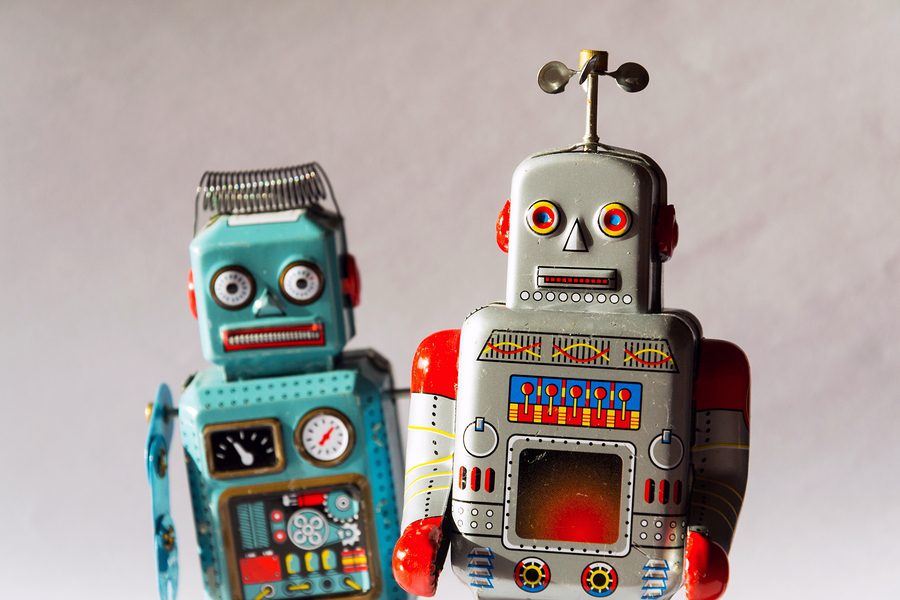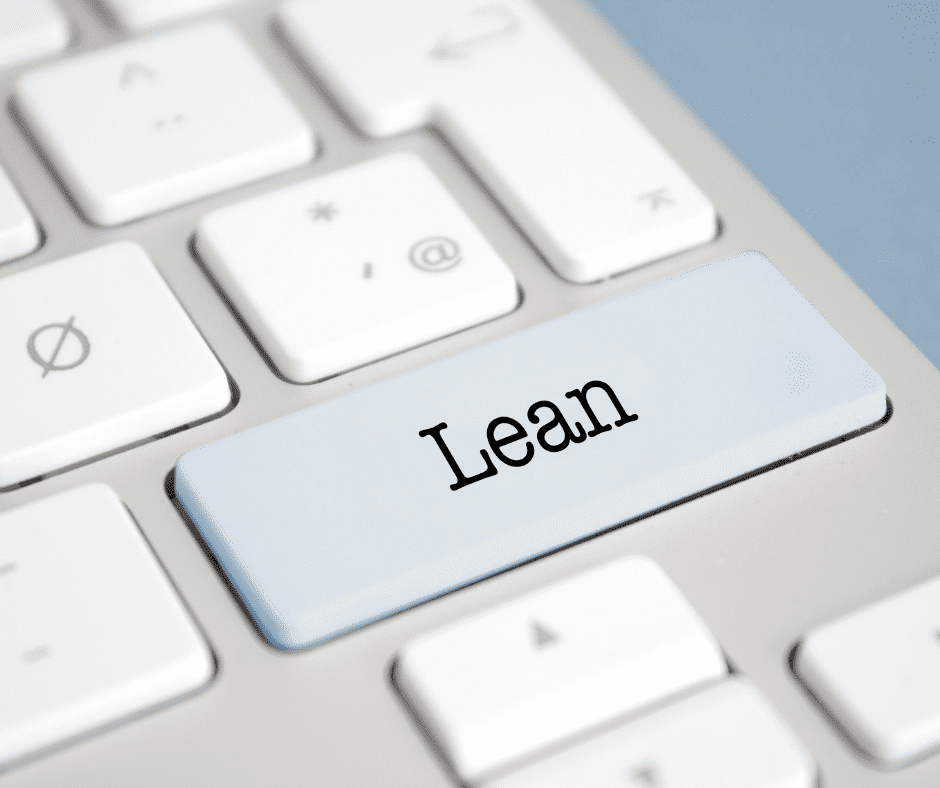By Laser 1 Technologies
Robot Race
ROBOT REVOLUTION
Did you ever imagine you’d have a robot in the plant?
As we grew up with fictional robots over the last century, they’ve been both helpful and devious. Silicon Republic published a list of The 50 Greatest Robots in Pop Culture History, celebrating the good (R2-D2 and Rosie from the Jetson’s), the bad (HAL and the Terminator), and the ugly (Bender from Futurama).
However, robots are no longer fiction. They’re revolutionizing manufacturing.
The reality of today’s robots: They aren’t nearly as interesting as film and TV suggest, but they are booming. According to reports from the International Federation of Robotics (IFR), the number of industrial robots used in production activities is soaring.
Robot Sales on the Increase
They say 380,550 robot units were sold around the globe in 2017. The US is among the top five buyers of robots, along with China, the Republic of Korea, Japan, and Germany.
Europe as a whole has become the world’s second-largest market for industrial robot sales, trailing Asia. With 56,000 new units purchased, the continent reached a new high for robot sales for the third year in a row. Germany, the fifth-largest robot market in the world, plays a big role in that statistic, along with Italy and Sweden, other top players in the automotive industry.
Another way to view robot use is average robot density, which is 74 robots per 10,000 employees worldwide. In the US, we have 189 robots per 10,000 employees. That figure has been increasing since 2016, and now we’re number seven in the world, behind South Korea, Singapore, Germany, Japan, Sweden, and Denmark, according to World Robot Statistics.
Industrial heavyweights like auto manufacturers have played a huge role in the market with their long-term employment of six-axis robots throughout production. Now the technology is more accessible and diverse, enabling small- to medium-sized companies to invest in automation. Some of the jobs famously taken over by robots at Amazon, such as picking, stacking and transporting orders, are probably first up for automation at smaller plants.
Over Five Decades of Robots in Industry
We’ve come a long way since the world’s first industrial robot was deployed in the United States at General Motors in 1962. Robot sales in the U.S. are anticipated to increase by 15% per year in the next couple of years. The IFR predicts 2019 will see an estimated 2.6 million robot units deployed. As advances in robotic technologies emerge daily, it’s easier and easier to imagine robots take on new operations and tasks.




